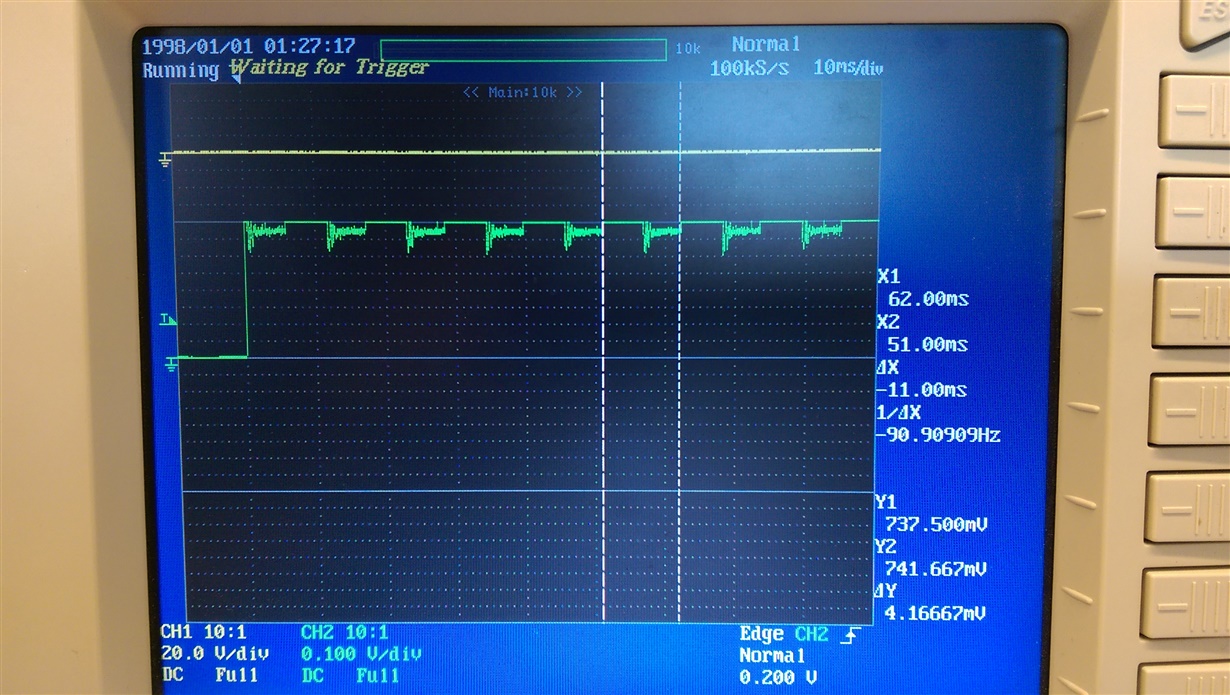Other Parts Discussed in Thread: LMK04828, ADS54J60, , SN65LVDS4
Hello Team,
I am using two TSW54J6EVM with one Xilinx Zynq UltraScale+ XCZU9EG-2FFVC900IES. Therefore I designed a PCB to connect the two TSW54J60 FMC´s with the Zynq UltraScale+. I want to use the "to FPGA" pins of the TSW54J60´s to supply the Xilinx IP-Core´s with the clock from the LMK04828. I use the ADS54JXX EVM GUI to set the ADS54J60 with LMFS = 4244 and to set the LMK04828 for the ADC und FPGA frequenzy. There are the following config files to set the frequenz:
122.88 MHz, 245.76 MHz, 307.2 MHz, 409.6 MHz, 450.56 MHz, 491.52 MHz, 614.4 MHz, 819.2 MHz, 983.04 MHz and 1024 MHz.
I know the the lanerate with the ADC config is ADC_frequenz * 10. But can you tell me the to FPGA speed for these configurations?
Best Regards
Tobias



